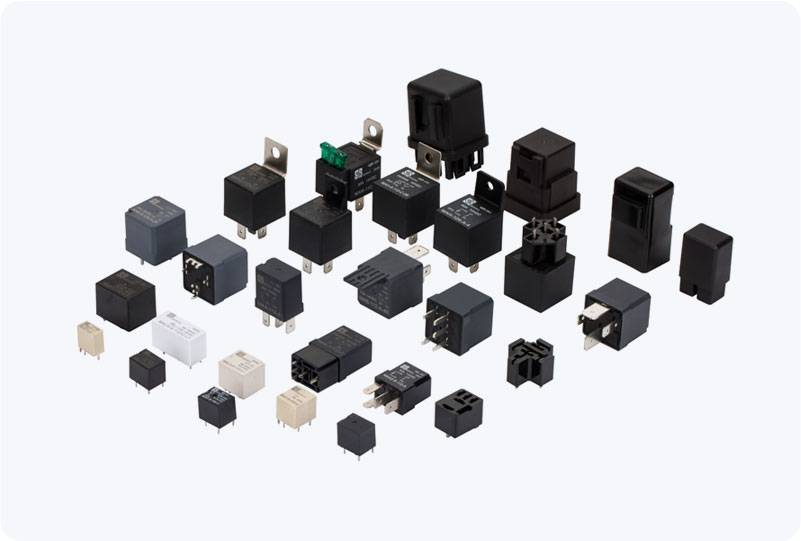Solid State Relay (SSR) is a revolutionary advancement in the field of electrical switching technology. Unlike traditional electromagnetic relays, SSRs use semiconductor components to perform the switching function, offering several advantages such as higher reliability, faster switching times, and longer operational lifespans. This article delves into the working principles, types, applications, and advantages of Solid State Relays, highlighting why they have become a vital component in various modern electrical and industrial systems.

Working Principle of SSR At its core, an SSR is a solid-state device that uses semiconductor components, such as thyristors, triacs, diodes, or transistors, to control the flow of electricity to a load. Unlike conventional mechanical relays, which rely on physical contacts to open or close circuits, SSRs have no moving parts. The lack of mechanical movement leads to improved reliability and efficiency. The SSR operates through an input control signal, which triggers the semiconductor components inside. When the control signal is applied, it activates the semiconductor switch, allowing the current to flow through the load. This mechanism ensures that SSRs can handle high-power applications while being controlled by relatively low-voltage input signals.